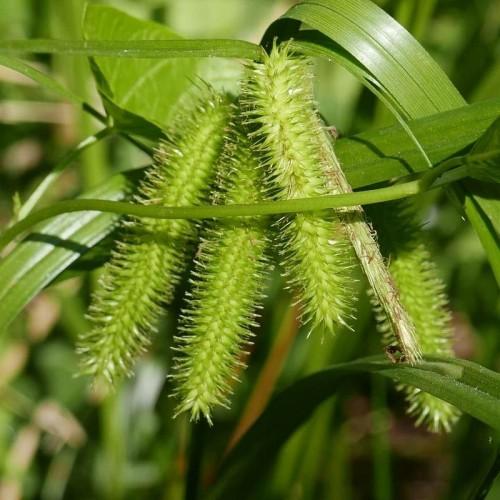
Cattail Sedge
Carex typhina
Watering:
Average
Hardiness Zone:
Sun:
full sun,part shade
Fruits:
Fruits Ready In
Leaf:
Yes
Growth Rate:
Low
Drought Tolerant:
Yes
Salt Tolerant:
Yes
Care Level:
Medium
watering
Hairy Fruited Sedge (Carex trichocarpa) should be watered moderately and consistently throughout the growing season. Water thoroughly once or twice a week for the first few months, and then gradually reduce the frequency to every 2 to 3 weeks. In periods of extreme heat or drought, watering may be necessary on a weekly basis. Avoid overwatering, as this can cause root rot or other issues. During the fall and winter months, water only as needed to keep the soil barely moist.
sunlight
Hairy Fruited Sedge (Carex trichocarpa) prefers full sun or partial shade. It can tolerate shade for short periods of time, but the plant will not flourish without at least 4 hours of direct sunlight per day. During the spring and summer months, the plant should be given as much natural light as possible, with each day having around 8 hours of full, strong sunlight. During the winter months, however, the amount of sunlight the plant needs can be reduced to just 4 hours a day. This decrease in sunlight will give the plant time to rest and recover.
pruning
For optimal growth, the Hairy Fruited Sedge (Carex trichocarpa) should be pruned twice a year, once in the spring and then again in the fall. During the spring pruning, the plant should be cut back to 12-18 inches overall, removing any dead foliage, twigs and flower heads. This will help keep the plants vigorous and encourage new growth. During the fall pruning, it is best to cut back the plant to 9-12 inches, focusing on removing any dead or dying foliage, and cutting back some of the tallest stems. This will help reduce the risk of frost-damage, encourage more air circulation, and create denser, more attractive foliage.
